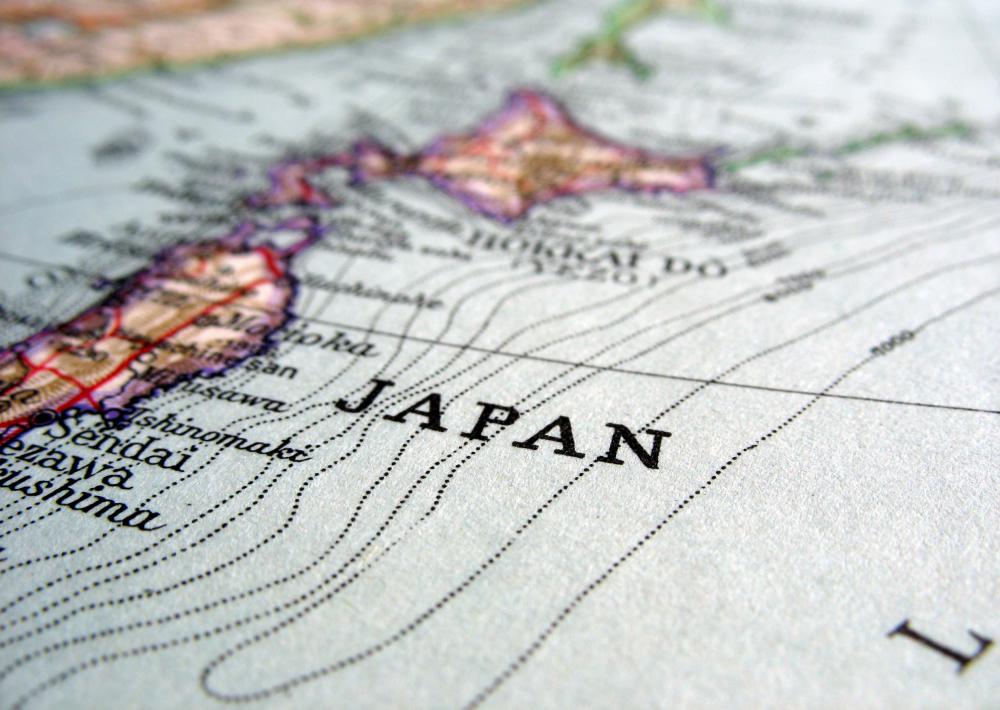At WiseGEEK, we're committed to delivering accurate, trustworthy information. Our expert-authored content is rigorously fact-checked and sourced from credible authorities. Discover how we uphold the highest standards in providing you with reliable knowledge.
What is a Keiretsu?
A keiretsu is a group of Japanese companies with interlocking boards of directors and common business interests. Created after World War II to replace the once dominant family-owned zaibatsu conglomerates, multiple keiretsu were responsible for the "Japanese miracle" of economic growth that lasted until the 1980s. Though the keiretsu model is uniquely Japanese, similar though not identical business models exist throughout the world.
The keiretsu model was born from the pre-World War II zaibatsu. Shortly after Japan became an empire in 1868, family-owned companies began dominating large swaths of the Japanese economy. Mitsubishi, Yasuda, Sumimoto and Mitsui, the largest zaibatsu, gained much of their power early on by becoming the government's tax collectors and arms makers. The American occupation found the zaibatsu responsible for influencing public policy toward the war. Though the occupation dissolved some smaller zaibatsu, the need to rebuild Japan's economy during the Cold War allowed the big four zaibatsu to reorganize into modern keiretsu.

The remaining zaibatsu adapted their business structure. Two business principles define a keiretsu. The first is that each separate company, traditionally called a group company, is affiliated with the same bank. The bank only takes deposits from and gives loans to group companies. A benefit of this system is that the bank can quickly bail out a single struggling group company, protecting it from outside hostile takeover. Even if a group company goes bankrupt, another group company within the keiretsu will absorb the remaining assets.
The second defining principle is interlocking boards of directors between group companies. Though each group company exists as a separate entity, the presence of the same men and women on multiple boards makes it possible for the group companies to act in accordance with the others' interests and needs. Though each group company may be involved in the production of different goods and services, strong financial and corporate ties put all group companies in a stronger and more secure position within the Japanese and world economy.
The largest and most well known keiretsu within Japan is the Mitsubishi Group. Like Sumimoto and Mitsui, Mitsubishi reorganized into an association of group companies responsible for Japan's post-war growth. Its dozens of group companies produce a variety of goods, many focusing on high technology. Along with interlocking boards of directors, the heads of the largest 25 group companies meet for lunch once a month to coordinate their business efforts.
AS FEATURED ON:
AS FEATURED ON:











Discuss this Article
Post your comments